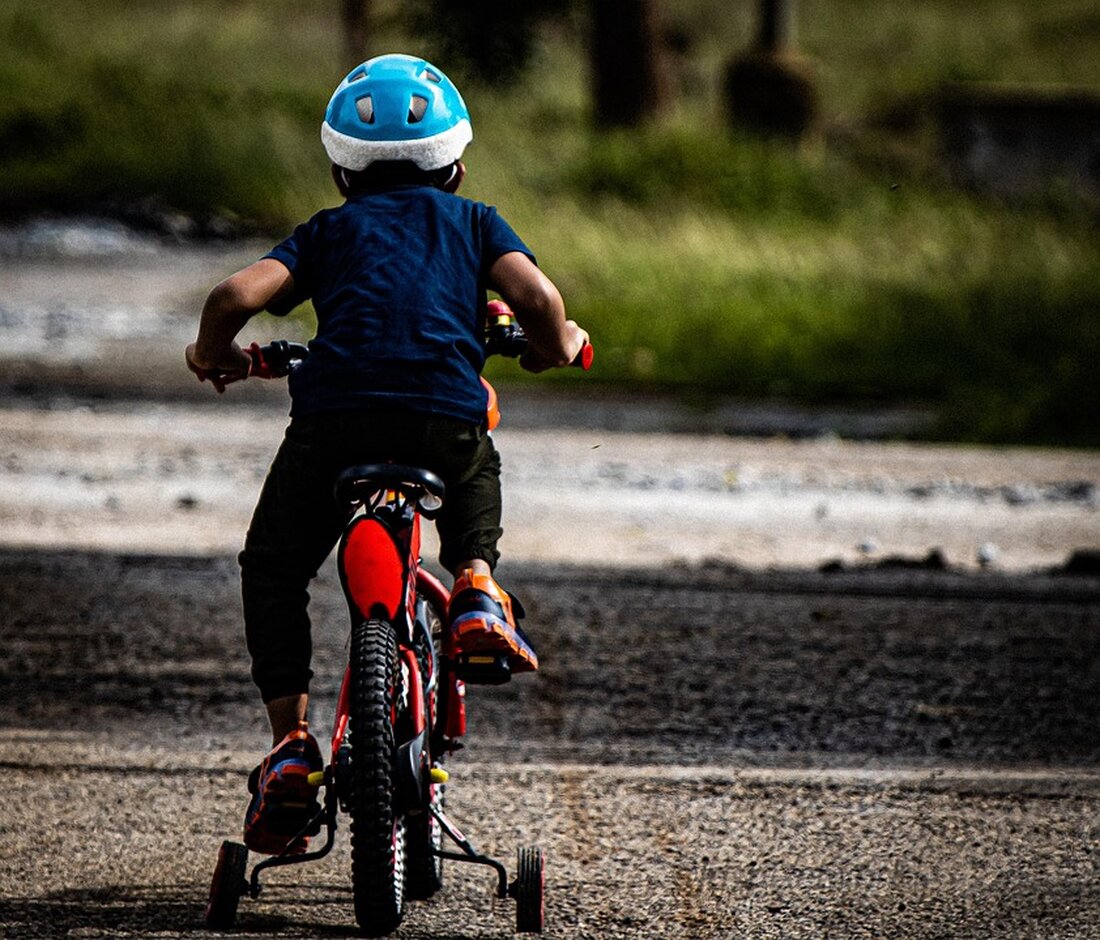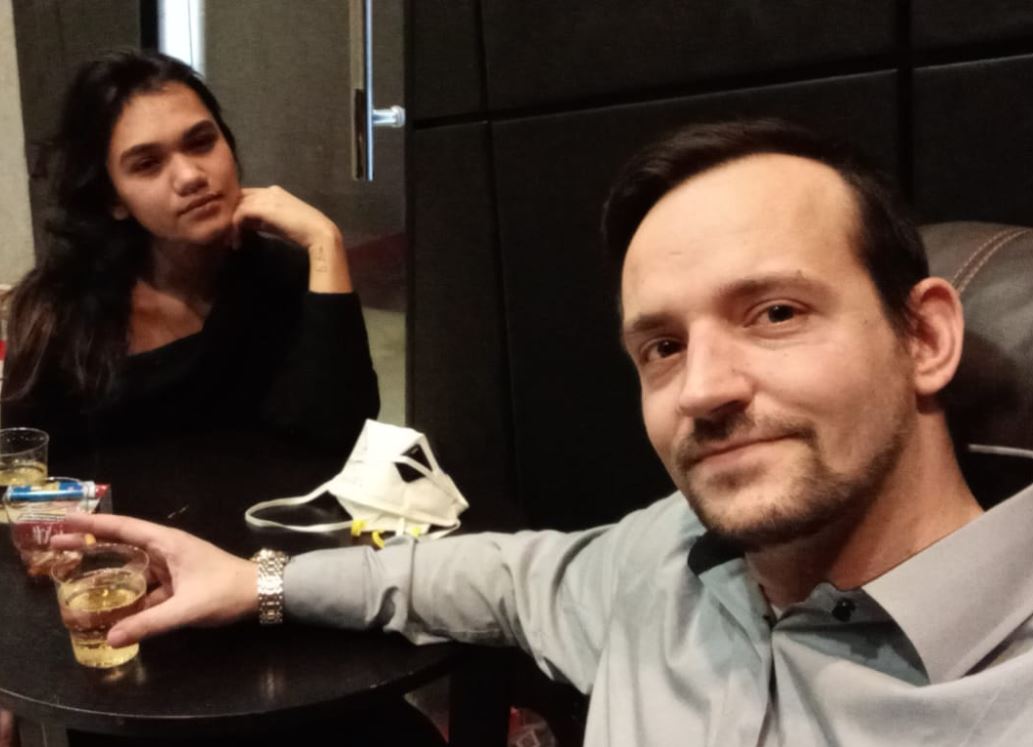Cycling like professionals: Amateurs compete on one of the toughest stages
Experience the challenge of L’étape du Tour, where amateurs compete against themselves on the streets of the Tour de France. Can you keep up with the professionals? Read more about your stories and fights!

Cycling like professionals: Amateurs compete on one of the toughest stages
The Tour de France has earned a legendary reputation. Even if you have never seen a bike race or have difficulty naming a professional cyclist, even the most uninvolved sports fan is aware of how demanding the event can be physically and mentally.
The challenge of the Tour de France
After 23 days on the street and over 3,000 km (about 1,870 miles), which are largely driven by France, often only a handful of seconds separates the last podium. The route changes annually, but the 2025 edition of the tour follows the tradition with a total of 21 stages.
For the participants this year, however, the stage 19 is particularly challenging and important. In the French Alps over a distance of 130 km (almost 80.8 miles), the drivers have to climb a total of 4,550 meters (about 14,930 feet) - a huge challenge. This stage could be crucial for the favorites of the tour because it is the last brutal opportunity to make up for their rival before the upcoming race.
The L’étape du Tour: an unforgettable experience
The L’étape du Tour has been offering bike enthusiasts from all over the world the opportunity to drive a stage of the Tour de France for over three decades. This year, around 16,000 cyclists are expected in the hilly region of Auvergne-Rhône-Alpes, and more than 90 nations are represented.
Christian Prudhomme, director of the Tour de France, described the L’étape 2025 as a "highlight" for the participants who will cope with the gigantic climbs five days before the professionals. Some participants share their excitement and nervousness in advance, which many describe as the "challenge of their lives".
the participants and their backgrounds
The participants' experience and ability levels vary greatly. While some of them dream of becoming professional, others are facing a full -time job before their first endurance event. The British volunteer Amy Young is one of those who stand between these extremes. She takes part in her first L’étape du Tour, but took part in other issues of the popular amateur race and took third place in the women's category last year.
"I am addicted to cycling and always want to see how far I can get," said Young and added: "It is really the challenge of my life, especially in cycling. Driving this iconic route and saying that I cycled the most difficult stage of the Tour de France would be something very special."
challenges in training
in Northamptonshire, a region in England that is not known for its hilly landscapes, Young has difficulty finding training units that are comparable to the climbs in the French Alps. "The amount of slopes that we have to cope with during a single trip will be the biggest challenge that I ever faced on the bike," said the communication manager.
The fifth and last ascent piece makes Young the most nervous: the 19.1 km long increase at a slope of 7.2 % will heavily claim the drivers after they have already covered more than 100 km (approximately 62 miles), with 24 serpentines for additional difficulty.
extreme weather conditions
The participants not only fear the steep climbs; A record-breaking heat wave has recorded large parts of Europe. The participants were informed that they have to expect temperatures of up to 35 degrees Celsius (95 degrees Fahrenheit) on race day. June has been the hottest month in the region since the start of recording when even the highly located Mont Blanc rose over zero degrees Celsius.
an experience for eternity
For the 46-year-old official Denny Kearns, participation in this year's L’étape is a valuable opportunity that he does not take for granted. Originally he wanted to take part in the last year, but had to cancel due to a diagnosis of testicular cancer in April 2024. After the cancer spread on its stomach and the lungs, an intensive three -month chemotherapy followed.
"It was one of the toughest phases of my life," recalls Kearns. "I had trained for almost half a year and then overnight I was told that all of this was for nothing. I asked the oncologist the first questions how long it would take before I could ride a bike again." Fortunately, the treatment was successful, and after the doctors had given him the green light, he concentrated on the upcoming L’étape.
training for amateurs
In contrast to the professionals, most participants in the L’étape, such as Young and Kearns, have to realize a “training space” before the race, while they pursue their full -time jobs. Both admit that it is difficult to concentrate on training with the hectic everyday life they lead. "Sometimes it can be overwhelming," says Young. "I go cycling both before and after work. At the weekend I drive to hilly regions in the United Kingdom to do some climbing training."The ambitions of the participants
The goals of the two participants became described as strongly ambitious when they were asked how they would beat themselves compared to the professionals. Elite names like the last tour winner Tadej Pogačar are expected to end in about four hours. The L’étape's last year, Damien Jeanjean, reached the route in four hours and 40 minutes and would have moved for a place of around 100 in the Tour de France rankings.
The average target time for participants in the L’étape was between six and seven hours last year, while the professionals took about 4.5 hours. Young strives to finish near the seven hours, while Kearns hopes to cross the finish line in just a few less than eight hours. "It was a long way to this far. I can hardly wait for the race to end, because then I know that I am finally completely healthy again."

 Suche
Suche
